Why the Hasselblad CFV II 50C is the Perfect Weapon to Fight Fujifilm
![]()
Fujifilm is the largest medium format camera manufacturer in the world. Its resources are vast and the experience it has as a company is extensive. Hasselblad, on the other hand, is a tiny Swedish company that solely produces niche high-value cameras. This may seem like a David and Goliath type story, but considering the sheer differences in size between the two companies, this is more of a David and Godzilla type story.
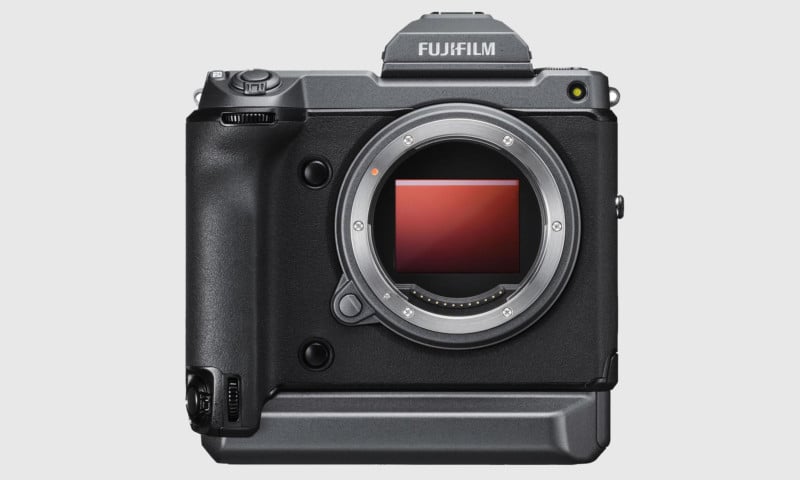
Since Hasselblad is the only competitor to Fujifilm when it comes to mirrorless medium format cameras, many photographers were waiting for its response. Unfortunately, being the much smaller company, it’s difficult to compete in specifications alone, so the latest camera from Hasselblad has been met with more of a lukewarm reception.
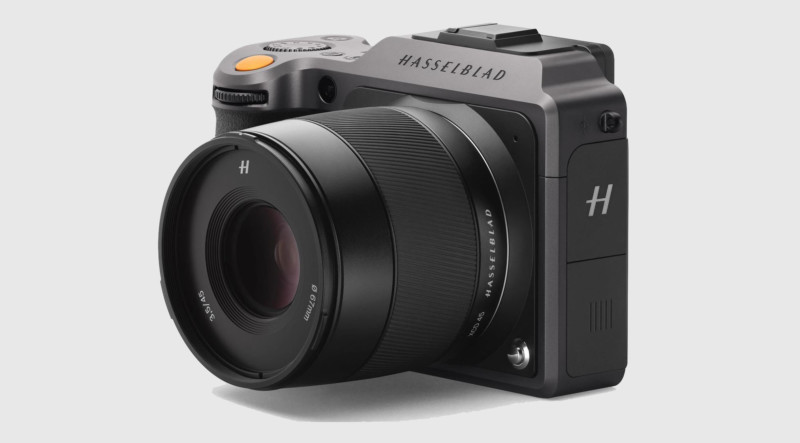
The X1D II 50C is a good update but it’s essentially just that, an update. The price of the camera ($5,750) is far more reasonable, but the specs are almost the same as the original camera except for a few requested and minor updates. Fortunately, Hasselblad did release another camera alongside the X1D II, and this I think could be something very special.
The CFV II 50C is essentially just a medium format back, as in it’s simply the section that holds the sensor. Based on that explanation, one could be forgiven in thinking that it’s nothing remarkable; especially since it has the same sensor as the X1D and the GFX 50S. Having said that, if you dig just a little deeper you may be able to see the huge potential of this camera.
The first thing is the build quality, which is simply stunning — it’s a true return to form for Hasselblad when it comes to the build and design. The solid metal construction and leatherette finish are very reminiscent of the classic Hasselblad cameras. Simply put, this camera is astoundingly beautiful, and Hasselblad has used its design as a means to differentiate themselves in the market.
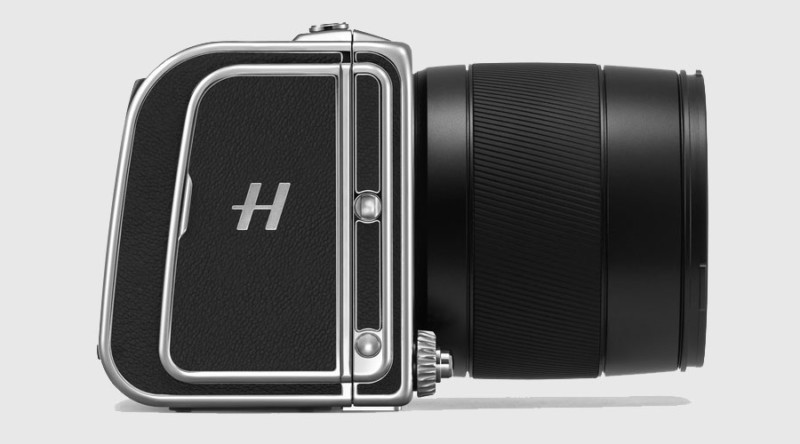
The H6D system was quite a blunder when it came to build quality, and design and this was one of my biggest complaints about it, but it seems Hasselblad has been listening.
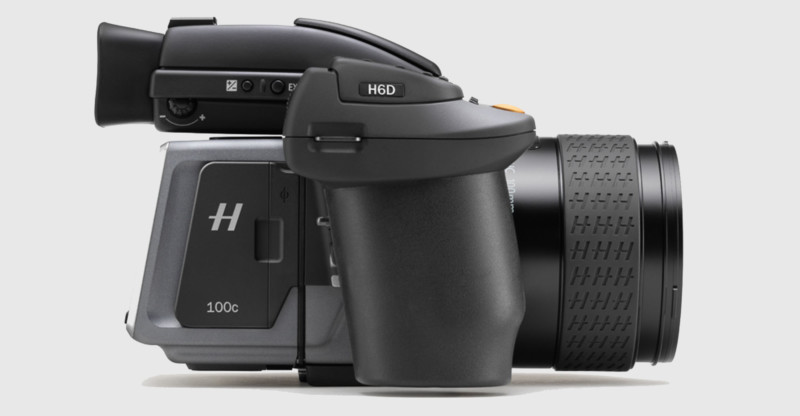
As a company, Hasselblad has long been known for the best design and build quality, and these new cameras from Hasselblad are exactly what it needed in this highly competitive environment.
The XCD Mount is the Future
Hasselblad currently has several different lens mounts and most of them have little to no cross-compatibility features.
The H-mount cameras, for example, are the current flagships for Hasselblad, but it’s not possible to effectively adapt any other Hasselblad lens onto any H series camera. This means the company’s flagship has no real upgrade path to it and its prohibitive price point makes it rather difficult to buy into.
Sure, you can adapt H mount lenses onto XCD mount cameras via a native adapter, but this is the opposite of having a path to upgrade.
The CFV II back is compatible with any V mount camera from Hasselblad, and it’s also compatible with the XCD mount via the 907X body. Along with the H mount adapter, the CFV II is essentially compatible with every single Hasselblad lens since the 1950s. This is an incredible move towards a better and more unified system.
Having all of these lenses become compatible breathes new life into the huge number of cameras that are currently in the hands of all of its customers. The potential customer base has effectively grown by an enormous number for Hasselblad and this could lead to a great deal of income for the company.
Based on some discussions I’ve had with some of the people at Hasselblad, the X1D is currently the company’s most profitable product. It’s not a huge leap to assume that the CFV could help it increase that profitability by increasing sales for its XCD lenses. When Hasselblad’s website and social media channels were teasing photographers with statements like “the next chapter of our legacy,” it was quite obviously talking about the CFV II and not the new X1D II.
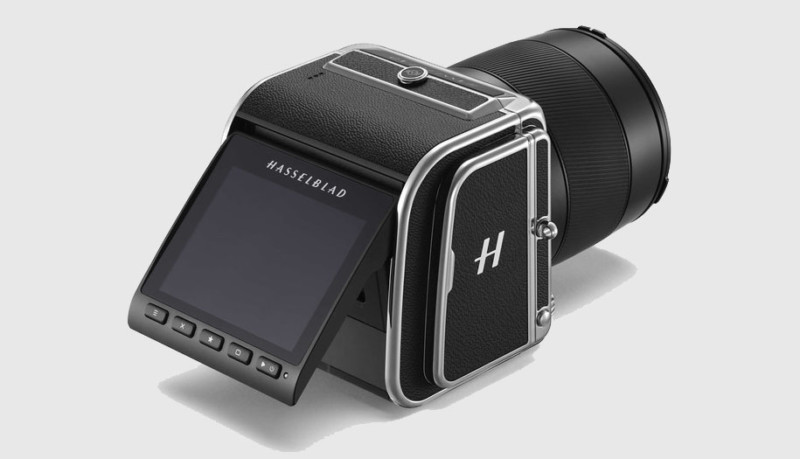
In a previous article, I discussed how Hasselblad could compete against Fujifilm and the CFV is actually a huge step in the direction I outlined. The build and design of the CFV with the 907X is reminiscent of the V1D concept camera, especially when you attach the additional hand grip.
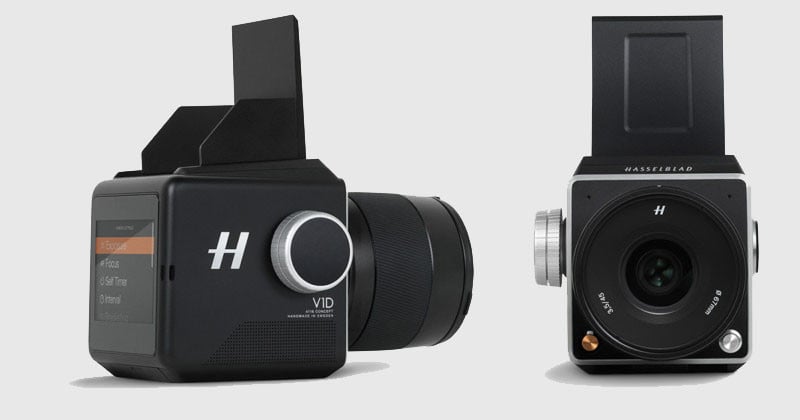
With just a few more steps, Hasselblad could prove to be an extremely tricky company to deal with for Fujifilm. One of the keys reasons for this is because Hasselblad has a long legacy with many customers who own V-mount cameras. Hasselblad is effectively leveraging its history and brand to its advantage by making all its cameras compatible and relevant again. This, in my view, is a very savvy move.
Hasselblad can’t necessarily compete with specifications against a company like Fujifilm, so it’s making use of its brand and history. Even now, many medium format shooters consider Hasselblad as a proper medium format company and Fujifilm as the pretender. Although I completely disagree, that sentiment is one of Hasselblad’s unintended advantages.
Suggestions for Hasselblad
Although I believe this latest move from Hasselblad is brilliant, there are several things I think Hasselblad could do that would be extremely beneficial for it.
A Larger Sensor
The first thing I highly recommend is to produce a CFV-type back with the larger full-frame medium format sensor. Almost all of Hasselblad lenses have been designed with a larger sensor in mind, so it’s logical to produce a camera that can accommodate them properly. In the previous article, I already discussed why and how Hasselblad could have the XCD mount compatible with both the larger and smaller medium format sensors, so it’s not really a stretch to see that a larger sensor CFV camera could be extremely useful.
Could there be an opportunity for Hasselblad to release a 100-megapixel CFV back that competes against Fujifilm’s GFX 100?
Built-in Hotshoe
The current CFV back doesn’t have a built-in hot-shoe, and this prevents it from being a fully-functioning system. Simply adding a hot-shoe to it would make it more than just a typical medium format back and turn it into a viable professional camera. This would also mean that coupled with the 907X, the CFV would be a fully-developed camera system that professionals can use properly. This could be something it can have exclusively in the potential larger format version of the back that I recommended above.
XCD Lenses for the Larger Format Sensor
It’s crucial that Hasselblad start producing XCD lenses that are compatible with the larger medium format sensor. Sony has done something similar with its mirrorless lens mount and this can be replicated quite effectively by Hasselblad. The E-mount from Sony is compatible with both APS-C and full-frame lenses and its cameras can differentiate between the two.
Also, even though the Sony mount is relatively small in comparison to other full-frame mounts due to the smaller flange distance, it’s easy to develop larger aperture lenses for full-frame cameras. Based on some discussions I’ve had with Hasselblad, it’s clear that even though the XCD mount is relatively smaller, it wouldn’t be a problem to develop high-quality lenses for the larger medium format sensor. Producing these types of lenses alongside a larger sensor CFV camera would push it to be the main flagship and create a proper unified camera system.
Phocus for The Masses
One of the most successful things that Phase One did was to produce Capture One. This software is extremely profitable for the company and it is compatible with all of the most popular cameras on the market. Hasselblad could do something similar because Phocus is starting to become an incredible tool.
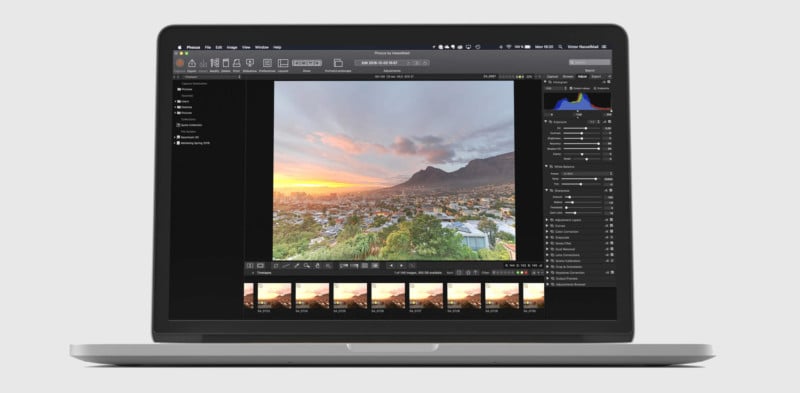
The latest update now allows you to fully control Hasselblad cameras via iOS devices. Being able to wirelessly tether to an iPad is an amazing feature and this needs to be expanded upon. Making Phocus compatible with all of the most popular full-frame cameras would simply be brilliant. Wireless tethering may be a little tricky, however, the ability to tether via the USB-C port could be more than feasible. There are no competitors on the market that offer this feature and Hasselblad could really take advantage of that.
It would also be wise to put a price on the software similar to Phase One instead of offering it for free. If you buy a Hasselblad camera you obviously receive the software for free, but you can also purchase the software individually too. This would allow Hasselblad the ability to develop the software more effectively and create another source of income.
Final Thoughts
The medium format industry has definitely become more interesting in the last couple of years. Fujifilm has done some incredible things with its GFX 100, and its GFX 50R has made medium format more affordable than ever before. This shift has forced companies like Hasselblad to try new things and be more innovative. This is a perfect example of how competition within a market has been immensely beneficial for the consumer.
Although it’s not easy competing, it would seem Hasselblad may still have a few tricks in its sling to combat the giant that is Fujifilm.
About the author: Usman Dawood is the lead photographer of Sonder Creative, an architectural and interior photography company. The opinions expressed in this article are solely those of the author. You can find more of his work on his website, Instagram, and YouTube.